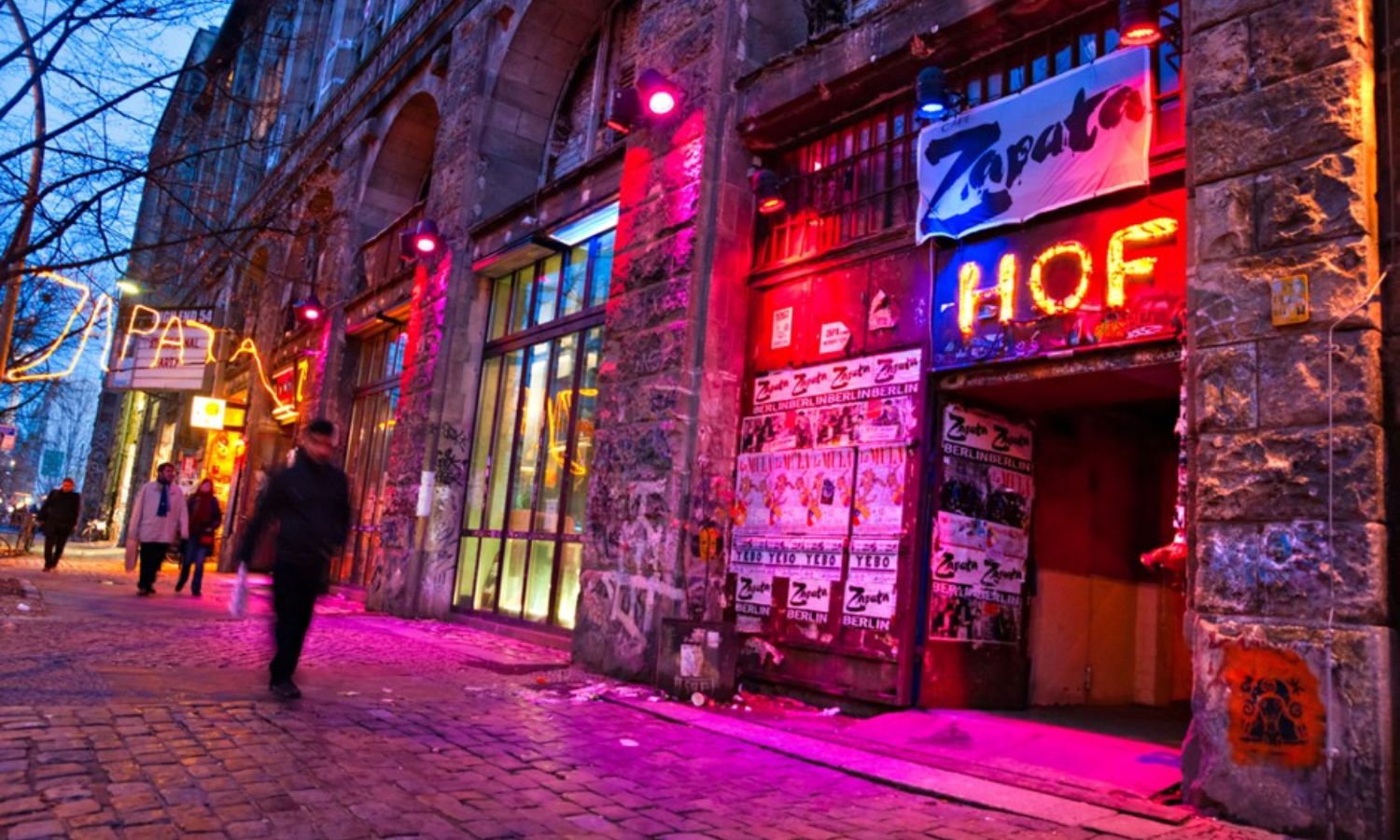Richard Florida, a renowned urbanist and author, popularized the concept that urban development thrives on creativity. He argued that cities fostering artists, bohemians, and knowledge workers could enhance economic growth, innovation, and quality of life. Yet, in his latest work, “The New Urban Crisis,” he acknowledges a darker aspect: the most creative and prosperous cities also exhibit the highest levels of inequality and polarization.
The Emergence of the Creative Class
Florida’s influential book, “The Rise of the Creative Class,” released in 2002, introduced the “three Ts of economic development: technology, talent, and tolerance.” He contended that these, along with a vibrant cultural scene, attract the creative class — a cohort utilizing their creativity, knowledge, and skills to drive economic value. The creative class encompasses scientists, engineers, entrepreneurs, artists, designers, writers, and musicians.
According to Florida, the creative class propels the modern economy by generating new ideas, technologies, and industries. He also advocated for diverse, tolerant, and cosmopolitan cities, offering various cultural and lifestyle options, as preferred living spaces for the creative class. Consequently, he advised cities to invest in amenities like public art, bike lanes, parks, cafes, and nightlife to attract this demographic.
Florida’s theory garnered wide acceptance among policymakers, planners, and developers who saw it as a roadmap for urban revitalization. Numerous cities worldwide adopted his recommendations, aiming to draw the creative class by promoting cultural assets, supporting innovation hubs, and nurturing a tolerant, inclusive environment.
The New Urban Challenge
However, after two decades of observation, Florida recognized unintended outcomes of his theory. In “The New Urban Crisis” (2017), he acknowledges that the rise of the creative class has also spurred inequality, segregation, and gentrification in cities.
Florida explains that the influx of the creative class to specific cities has heightened demand for housing, land, and services, leading to inflated prices and rents. Consequently, these cities become unaffordable and inaccessible to many low-income and middle-class workers, who are compelled to relocate to suburbs or less desirable areas. Moreover, the creative class tends to cluster in particular neighborhoods, creating pockets of wealth and privilege isolated from the rest of the city, resulting in spatial and social polarization, and a loss of diversity and community.
Additionally, Florida highlights the unequal distribution of benefits within the creative economy. He distinguishes between the “super-creative core,” comprising the highest-paid and most influential workers like managers, professionals, and entrepreneurs, and the “creative professionals,” encompassing lower-paid and less influential workers such as teachers, nurses, and technicians. He argues that the super-creative core enjoys a disproportionate share of income, wealth, and power, while creative professionals struggle to cope with rising living costs.
Florida further notes that the creative economy is concentrated not only in certain cities but also in specific regions and countries, leading to a “winner-take-all urbanism” where a few “superstar cities” dominate the global economy and attract the majority of the creative class, talent, and capital. This results in widening gaps between rich and poor cities, regions, and nations, fostering resentment and backlash among those left behind.
Addressing the Challenge
Florida doesn’t discard his theory but proposes a more inclusive vision for urban development. He advocates for a “new urbanism for all,” aiming to create more equitable, diverse, and sustainable cities. He suggests several strategies to achieve this:
- Increase housing supply and affordability, particularly for low-income and middle-class workers, by raising density, allowing mixed-use development, and offering subsidies and incentives.
- Improve public transit, infrastructure, and services to enhance accessibility and mobility for all residents, reduce car dependence, and mitigate environmental impacts.
- Promote social and economic integration by fostering mixed-income and mixed-use neighborhoods, supporting community organizations and civic engagement, and cultivating a culture of tolerance and respect.
- Support the creative potential of all workers, not just the creative class, by providing education, training, and lifelong learning opportunities, encouraging entrepreneurship, innovation, and collaboration across sectors and disciplines.
- Foster a more balanced and diverse urban system by strengthening connections and cooperation between cities, regions, and countries, and supporting the development of smaller and medium-sized cities, as well as rural areas.
Florida concludes that the new urban crisis is not insurmountable but requires collective action and political will. He believes that the creative class can be a force for positive change if it leverages its creativity, knowledge, and skills to address the issues it has contributed to. He hopes that his book will inspire a new urban agenda that makes cities more livable, prosperous, and equitable for everyone.
READ MORE
This City in Nevada Is Smoking More Weed Than Anywhere Else in the State

